Optimising lighting
Our sector has initiated voluntary measures to optimise the use of lighting in stores. These measures were applied in shops and in operations, contributing to the common effort to reduce energy consumption in Europe.

Our sector has initiated voluntary measures to optimise the use of lighting in stores. These measures were applied in shops and in operations, contributing to the common effort to reduce energy consumption in Europe.
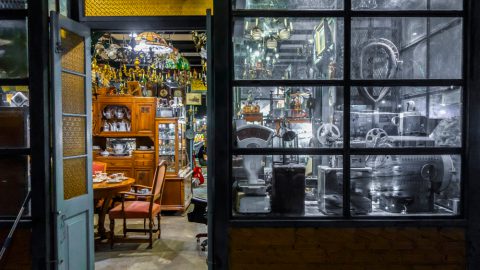
In the Netherlands companies are working on a project named “close the door and turn off the light”. All retail front doors should be closed when the temperature outside is lower than 10 degrees or indoor heating is on. The project also encourages stores to turn off all lights — including dressing windows — within 1 hour after closing.
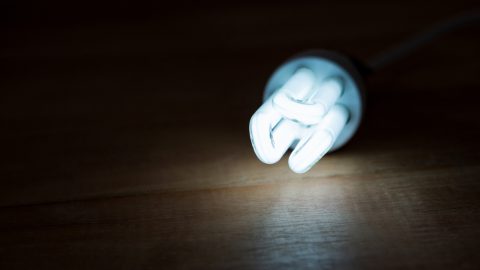
Retailers are looking at their stores and implementing energy saving measures where possible. Smaller retailers have already implemented changes in relation optimising lighting by changing to more energy efficient bulbs.
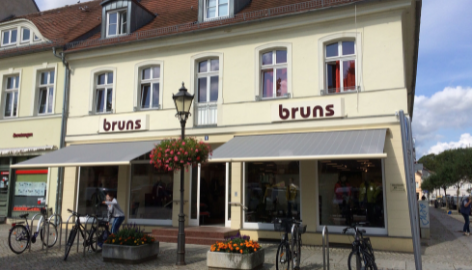
HDE member Fashion House Bruhns’owner Carlo Focke has decided to strengthen innovations. In the summer, the sun shone unchecked through the shop windows and the large atrium into the fashion house. The traditional lighting increased the temperature even further. Focke invested in an intelligent system of lighting, shading and power generation in order not only to get the temperatures but also the energy costs under control. New LED technology increases energy efficiency and the newly installed interior awnings ensure that daylight can be used perfectly for lighting and temperature control in the room. Resulting in almost 40% of the original power consumption could be saved.
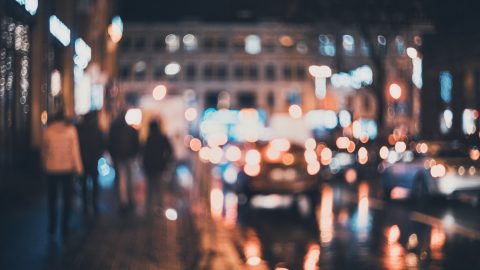
Trade federation FCD has committed to an energy sobriety plan and a series of best practices. One energy saving measure is a 50% reduction of lighting on the sales floor. Additonally, FCD has adopted a policy to turn off advertisements and illuminated signs in shops at least between 1am and 6am. FCD members are also installing LED bulbs for most lighting.
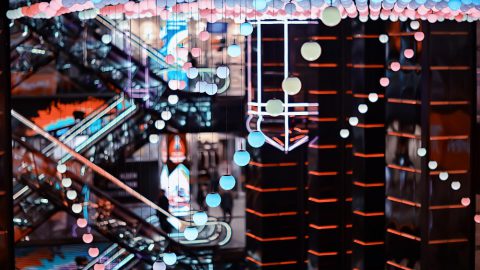
Asedas members are evaluating the use of illuminated signs, advertisements and decorations on commercial establishments in light of the energy crisis. Christmas lights and billboard use should be reduced by either dimming the lights or switching them off. This might have implications on the contracts between the advertiser and the billboard owners.
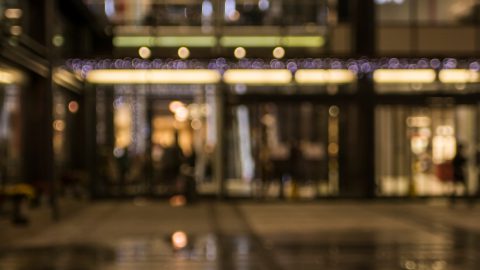
SOCR ČR has shared with members the best practices on lighting in stores. After closing, SOCR ČR recommends 1/3 lighting, which is sufficient for any work performed after hours. Outdoor lights, such as those in parking lots or in signage, should only be active for 15 minutes before and after the store closes. Additionally, LED lights should replace most regular lights, particularly in fixtures that will be active after operating hours. […]
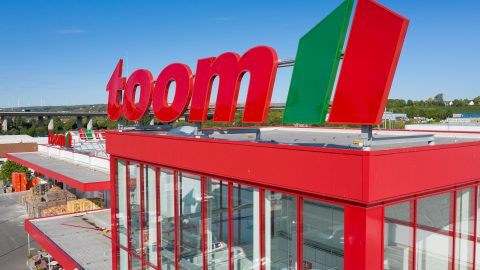
HDE member Toom invests in forward-looking technologies at more than 300 existing locations. Since 2011 a total of 184 Toom stores have been converted to LEDs, 4 in-house photovoltaic systems have been operated, e-charging stations have been installed at 16 locations and 49 stores have been equipped with more economical water fittings. The optimization of the heating and ventilation control at 132 locations and the replacement of heating pumps are also important aspects of the sustainable real estate concept. In the last 10 years, the DIY chain was able to save 50 million liters of water and 57 million kWh of electricity.
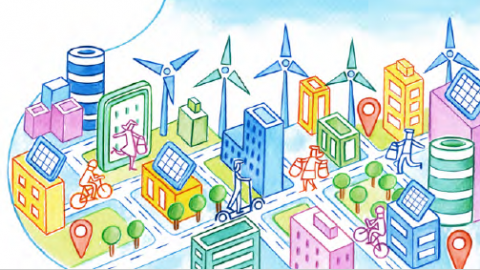
FederDistribuzione together with member companies operating in both food and non-food sectors, have defined voluntary guidelines to be applied in shops and in operations, with the aim of contributing to the common effort to contain energy consumption in the country. The voluntary guidelines regard for example lighting in shops and related electricty measures.
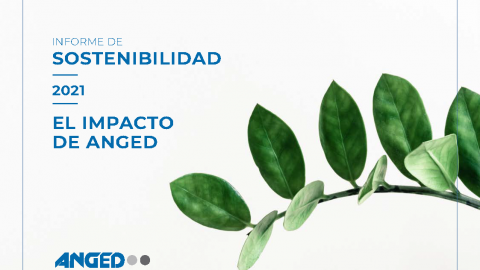
ANGED companies manage to reduce energy consumption thanks to the implementation of saving measures in all their workplaces. For example, with the central lighting control, replacement of conventional lighting equipment to lighting efficiency (LED).
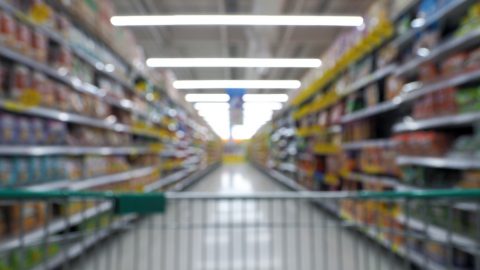
APED member companies have improved the lighting system and light intensity control, routine monitoring, and adjustment of setpoints of the air-conditioning system.

Trade federation CFCD (and their companies) are committed to the energy sobriety plan. The President of CDCF launched the operation ‘’On ne chauffe pas la rue’’. The operation is intended to raise awareness for companies and consumers on energy sobriety. Due to the plan best practice for members to reduce the lighting of the sales area by 50%. Turn off advertisements and illuminated signs in shops at least between 1am and 6am.
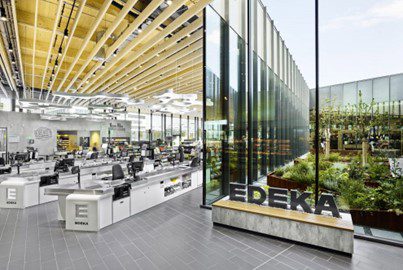
The EDEKA Center in Gaimersheim has been awarded the highest possible status by the German Sustainable Building Council (DGNB): “Platinum”. The innovative energy concept helps to save significant amounts of CO2 compared to ordinary stores. The integrated cooling/air-conditioning/heating compound system makes optimum use of energy flows by using waste heat for heating or surplus cooling generation for air-conditioning, depending on demand. The store’s special lighting concept also deserves special mention. The store’s state-of-the-art LED illumination automatically adjusts to the available daylight thanks to a digital lighting control system, saving up to 35 percent in energy costs.
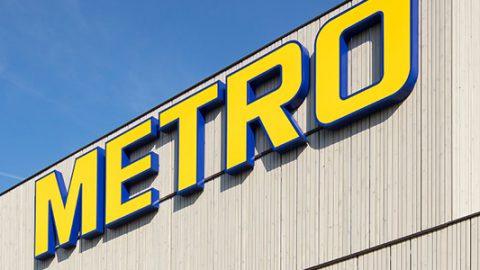
Metro has elevated their energy saving measures in various ways. There are various measures to optimize lighting in several locations, including the conversion to LED lighting and the installation of motion detectors in multi-story car parks. In the next few years, METRO will invest a total of around €100 million per year across the Group in measures to improve energy efficiency and climate protection and has set itself the goal of being completely climate-neutral in its own business operations by 2040.
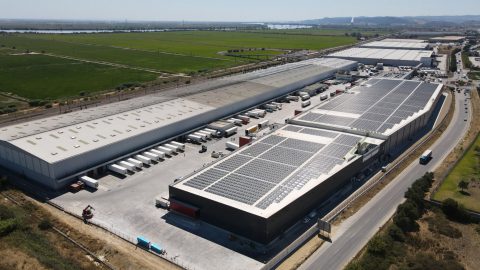
To respond to the demanding energy context, MC created the Energy Forum with the aim of ac-celerating the eco-efficiency culture, investing in the adoption of new structural measures, ex-panding renewable energy production capacity, and closely monitoring its operations. Regarding the implementation of self-consumption centres, in 2022, 242 Autonomous Power Plants were operational, representing a growth of 28 new plants compared to 2021, and a photovoltaic park with an installed capacity of about 37 MWp. Together with the established contracts, in 2022 MC ensured that approximately 30% of electricity consumption is from renewable sources, which translates into a reduction of avoided emissions of 36,525 tons of CO2e.
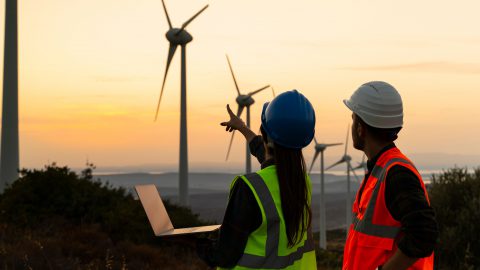
ASEDAS has made several advancements in energy optimization, particularly targeting energy consumption and the reduction of the associated environmental impacts. In their strive to become more eco-friendly and energy-efficient, ASEDAS stores have installed LED lights, movement-censored lighting and a switch to more efficient equipment and machinery. Additionally, ASEDAS stores have taken energy-efficient steps towards lowering their carbon footprint by installing solar panels on their roofs.